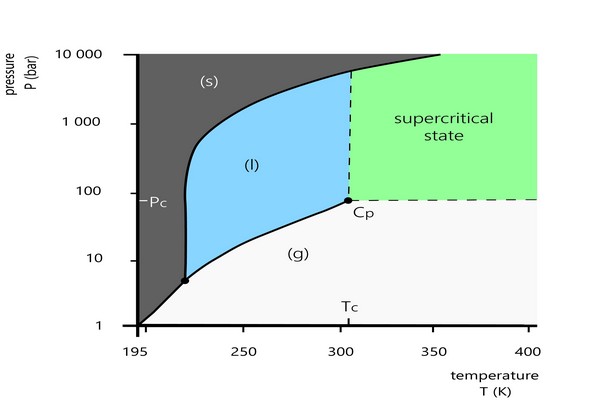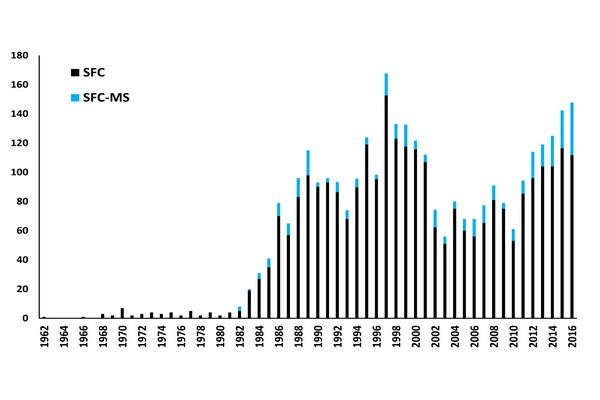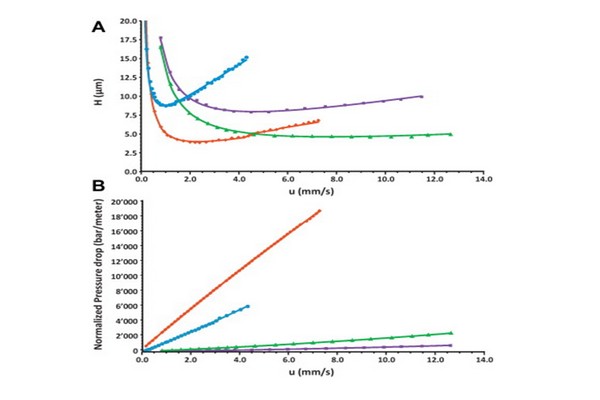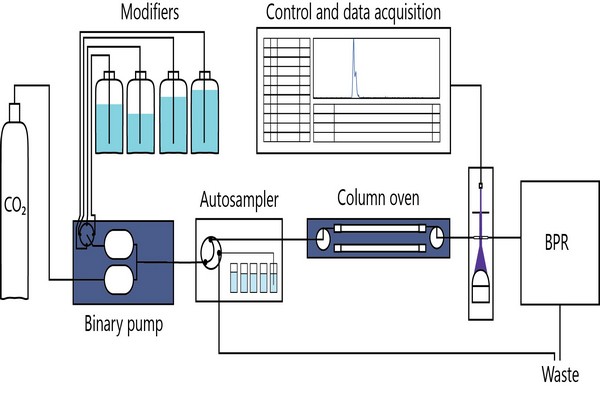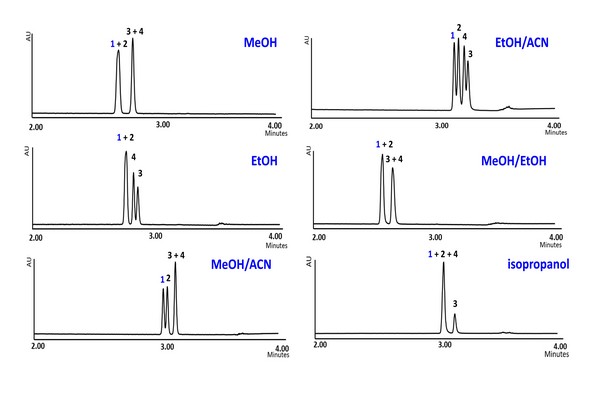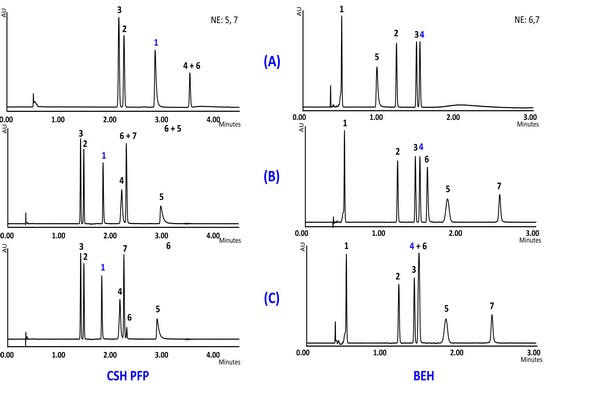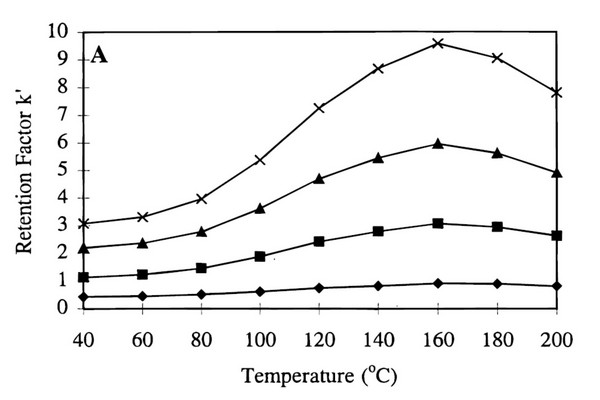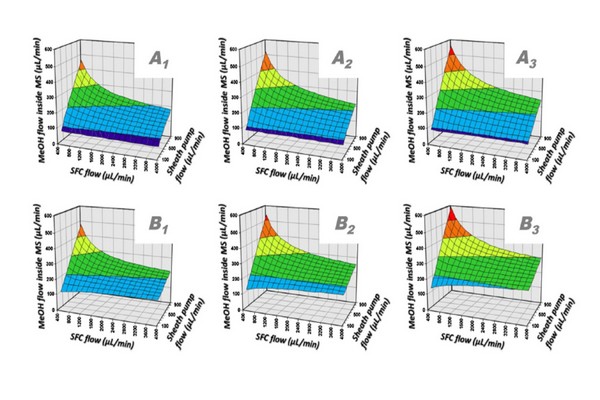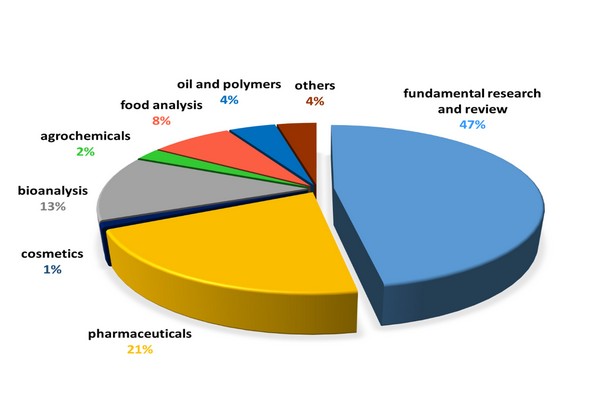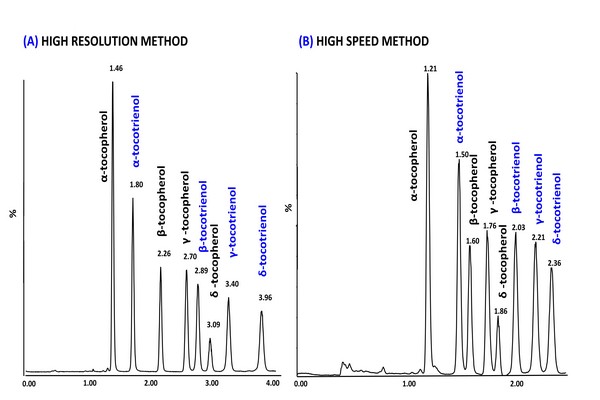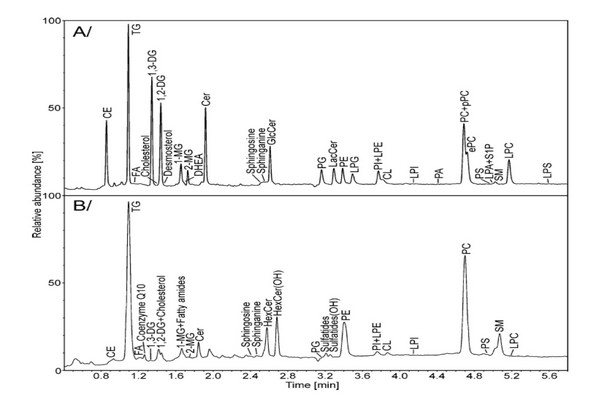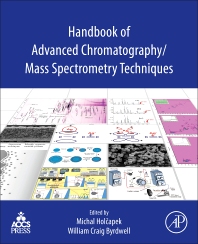Chapter 12 - Introduction - Page 445
Supercritical fluid chromatography (SFC) is a separation technique that uses instrumentation similar to high performance liquid chromatography (HPLC) and a dense compressed gas, almost always carbon dioxide (CO2), as a mobile phase. SFC has long been overshadowed by other chromatographic methods, both HPLC and gas chromatography (GC). Although the advantages of the SFC mobile phase in chromatographic separations are indisputable and will be discussed in detail in Section 1.1, the technique itself has experienced a period of rediscovery only recently, with the introduction of advanced SFC instrumental platforms, new stationary phases, and a different view of the technique itself. Although an old view of SFC was limited to strictly supercritical conditions using only pure CO2 as a mobile phase, which substantially limited the range of compounds that could be analyzed, a modern view of SFC is now represented by CO2-based mobile phases with the addition of organic modifiers, which remarkably extended the range of applications and the versatility of method development. The addition of an organic modifier of course results in a mobile phase that is not in the supercritical state, usually meaning that the pressure is above the critical pressure, but the temperature is below the critical temperature. However, there is a continuity of physicochemical properties between the supercritical and subcritical state (details given in Section 1.1). Therefore, it is now widely accepted that SFC is used as the name of the technique, bearing in mind that the separations are notalways strictly supercritical (Tarafder, 2016; Desfontaine et al., 2015; Nováková et al., 2014).
During the development of SFC over the years, the technique was given many other names, such as: high temperatureehigh pressure chromatography; dense GC; high pressure gas chromatography (HPGC); solvating gas chromatography; subcritical fluid chromatography; near critical chromatography; convergence chromatography; enhanced fluidity chromatography; HPLC with enhanced fluidity or sometimes even unified chromatography (Lesellier andWest, 2015; Guiochon and Tarafder, 2011; Taylor, 2009). In the most modern interpretations, the name could also be translated as separations facilitated by carbon dioxide. Despite this diversity in terminology, the name SFC is the one most widely accepted by the chromatographic community. It is actually interpreted as a definition of a technique, chromatography with CO2 in the mobile phase, rather than a definition of a fluid state (Lesellier and West, 2015). Indeed, as also suggested by Berger (2015a), SFC should be used as a single acronym that includes all the above stated other names. Similar to ultra-high performance liquid chromatography (UHPLC), the highly efficient and faster variant of SFC taking advantage of sub-2 um particles and dedicated instrumentation is designated as ultra-high performance supercritical fluid chromatography (UHPSFC) (Desfontaine et al., 2015; Nováková et al., 2014).
